Table of Contents
Last Updated on June 24, 2022
Many of us are confused by pattern and style. The pattern is one of the weighted elements which consist of the style. Because the pattern is a vital element in home furnishings, it conveys a design style and adds visual interest to the space. For example, pattern Paisley always represents Bohemian style; pattern Damask always stands for luxury and classic style. The pattern is a repetition of elements working in concert with each other and is embedded in color, texture, and shape. Setting up patterns in home furnishings is applying a balance for better visual amusement.
Remember: Style first, then come after patterns. Hereafter are some tips you need to consider in applying a pattern home:
Stick to the Style
Every style has its statement color scheme and patterns. In African-style design, many natural shapes, textures, and minimalist handicrafts are presented. The palette often goes to the rich, warm colors like burgundy, salmon pink, and deep brown earth tones. In Arabian-style design, the characteristics of luxury and elegance are omnipresent. Bronze, turquoise, and terracotta pink are often the tones of the space. Intricate oriental patterns can be spotted on colorful textiles, mosaics on the walls, and carved window shutters.
Once you determine a style, then look for the unique patterns of the style. It will make the work much easier.
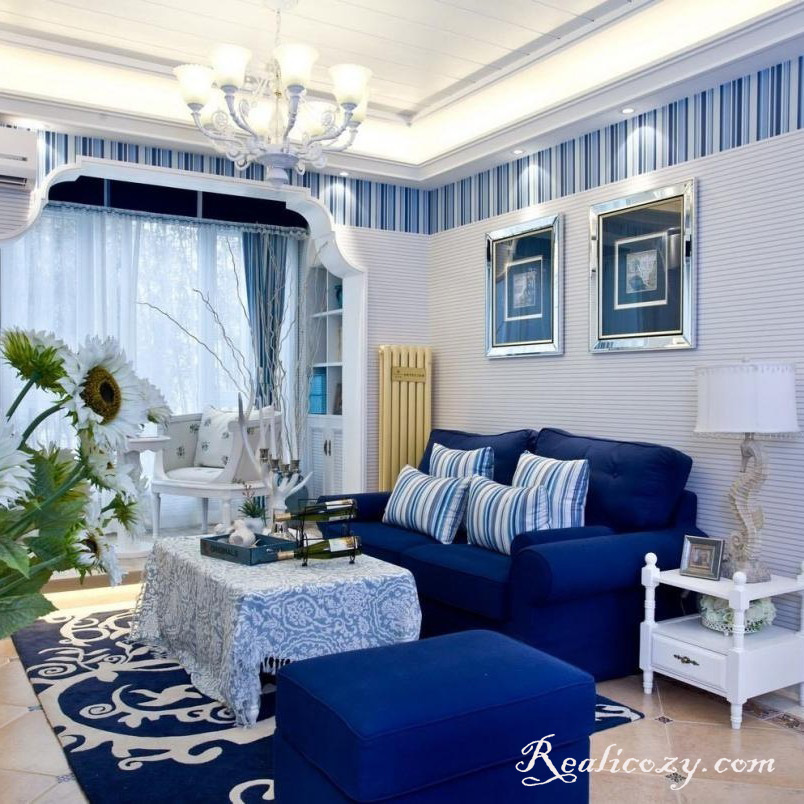
Anchor Patterns in Colors
Rein Patterns through the Color Palette
Commonly, people use multiple patterns in a design. Different ways with different colors cause chaos. In a nutshell, pick from ambient colors or the same tonal family in the space and then use them to anchor patterns. The corresponding tone will keep a thread going through the entire area. Hereafter are some solutions for the patterns going along with the colors around:
- Striking patterns in contrasting colors in the neutral background bring warm and inviting vibes.
- Diverse patterns revive the dark colors.
- Big prints get along with the monochromatic color scheme.
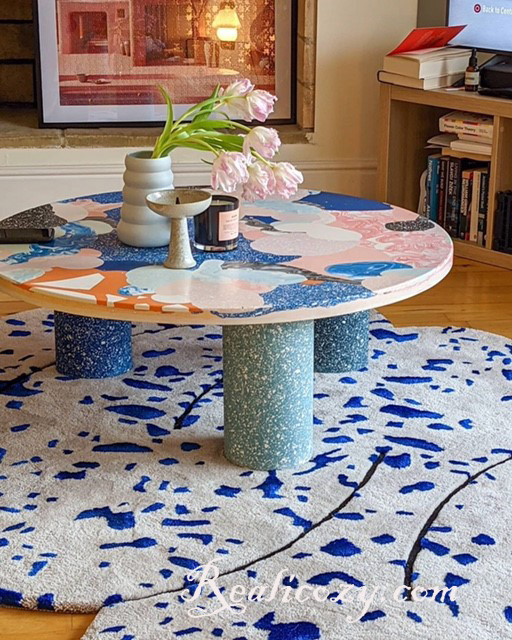
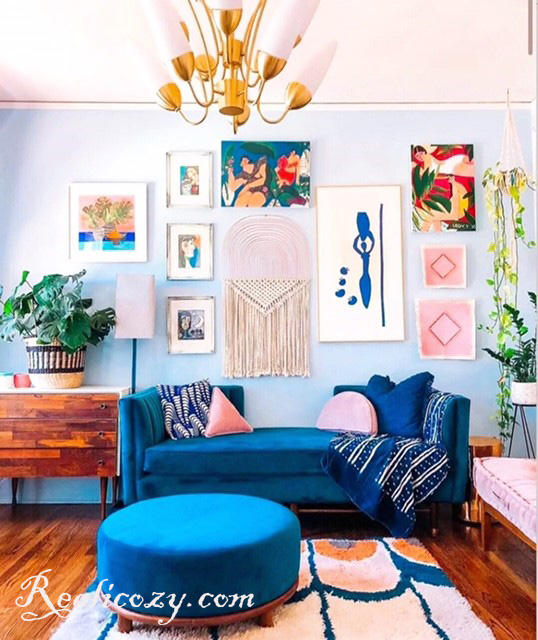
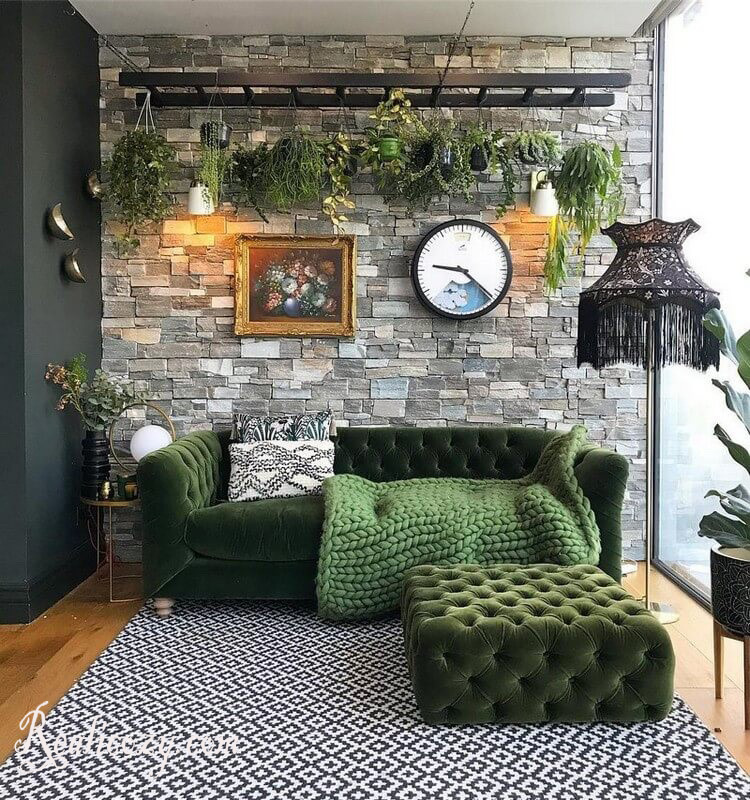
Scale Matters
Make sure all your patterns are not the same size. Pairing the large patterns with medium and smaller patterns in the area will create an energetic pop-up effect. The area rug, curtain, and bedding are the carrier for the large patterns, defining the space and laying the foundation for the smaller patterns to dwell elsewhere in the area.
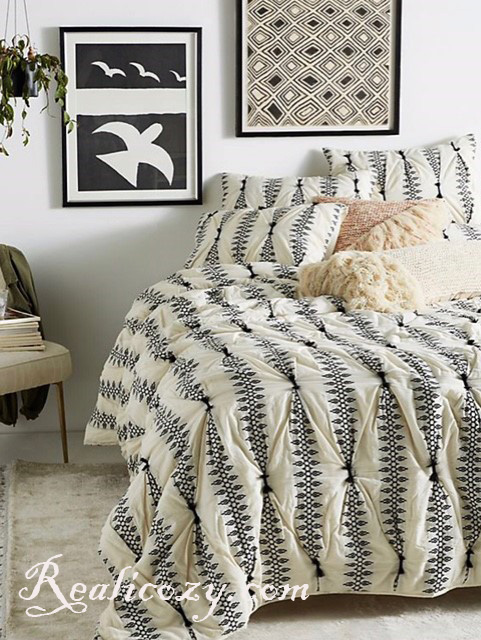
Align Patterns
The Rule of Thirds
Even though there is no restriction on the number of patterns applied in a space, a set of three is more visually appealing and exciting. Odd numbers have the eyes travel with the elements and add visual depth. And you may go for 5 or 7 patterns into a grouping and still achieve the same visual interests.
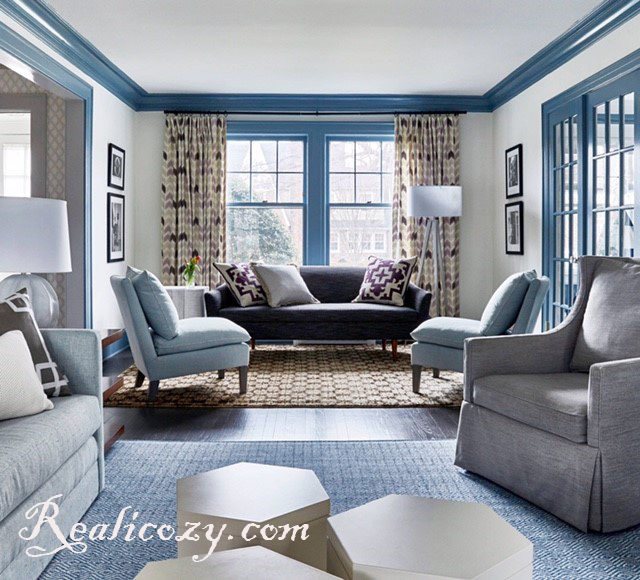
Blend Patterns
Mixing different patterns sometimes could lead to chaos, but there lies a master key to reining the rampant elements. That is “complementing and responding.” Other patterns with various scales would make the space well-balanced, and using responding shapes would make the room look more cohesive. Find ways to blend your patterns by subtle changes in color and shape rather than repetitious ones.
Taylor and Taylor design the picture below; it perfectly illustrates how to blend your patterns.
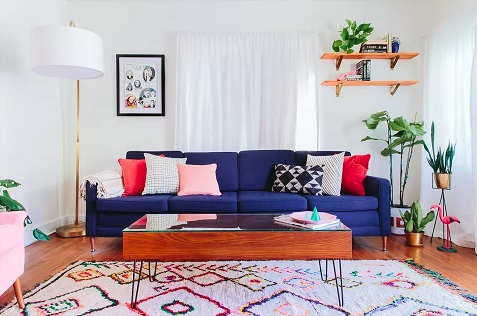
What a terrific design! Adroitness in controlling the different patterns. A wool rug with geometric shapes of diamond and triangle in different colors is responded by the accent pillows with similar shapes and color hues. The wooden floor is echoed by the wood shelf mounted on the wall; the coffee table in the middle, with the same texture as the floor, gives your eyes orderly layers to rest. The colors blue, red, and white are all studded in the rug and the couch. The rug’s scales to the sofa and the accent pillow vary from big, medium, and trim. Do you feel chaotic? Not. You can blend all your patterns into a tuned style.
Distributing Patterns Evenly
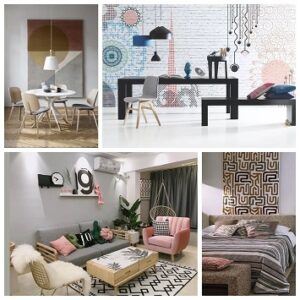
By distributing the patterns evenly, you have various patterns rested in layers, ensuring the visual continuity flowing without any disturbances. Visual continuity gives a sense of aesthetic pleasure and makes a cohesive look of the whole space.
There are a few rules on how to distribute patterns evenly :
- Use bold prints in monochromatic designs: Bold prints in monochromatic colors inject vitality into the neutral background. It revitalizes your vision from hues of greige without hassling with the bold colors around.
- Scale down impacts between the major patterns and smaller furnishing items: Pattern brings diversity and dimension. Choose one or two statement pieces with more significant effect, then draw the elements from these as accents in other more minor furnishings.
- Set tone for the rest of the space by patterned centerpiece such as floor rug, and oversized furniture, then build other layers conveying the complimentary message: The area rug with unique pattern permanently anchors the space and sets a tone for the rest of the room. After doing this, you will naturally fill the space with complementary visual items.
Avoid Overloading Patterns
The pattern is always imbued with colors, shapes, and textures. Adjusting these elements gives you a different look with different visual effects. No rule defines how many patterns you could apply in the living space. But I still recommend you use a maximum of 3 patterns with different scales to avoid overloading patterns.
The outcome of overloading patterns is that you create a look of a kaleidoscope. It blurs your vision and induces drowsiness instead of relaxation and harmony.
Upholstery Plays a Role
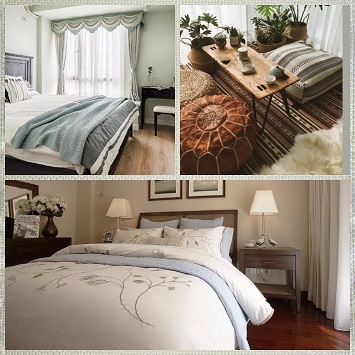
Besides hard furnishings like floor tiles, wallpapers, and furniture sets, don’t forget you have plentiful Soft Furnishing choices. Yes, that is the upholstery. Upholstery covers your window treatment, cushion, pillow, couch, bedding, and more. You can select any pattern, texture, or color to be agreeable with your home furnishing style. It revitalizes your living space, brings diversity, and adds visual interests and sensible touches. Without these wizards, your place could be a dull and cold shelter.
The true beauty in the textile is that it interweaves your taste and personality into its fabric. Each color, pattern, and texture it displays gives your home an identity. A vintage kilim, a Kashmir shawl, Persian Carpet, embroidery table runner, and a leather Moroccan Sit Pouf could seamlessly incorporate into your home atmosphere and give you a sense of coziness and relaxation.
Indeed, upholstery is the soul of your room. The soft, sleek, and amorphous nature is well embedded with your furniture and creates a subtle dimensional look. The floor rug with conspicuous patterns always sets a tone for the entire place. The texture of the fabric enhances the effect of the pattern. The curtain strikes a balance between the functional and the decorative.
Upholster your home!

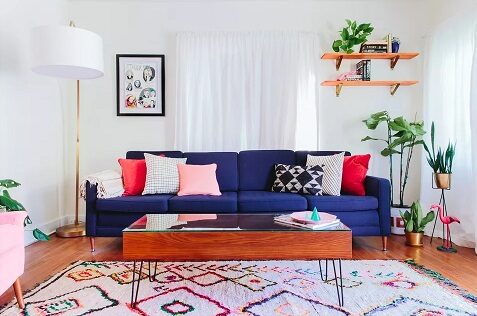


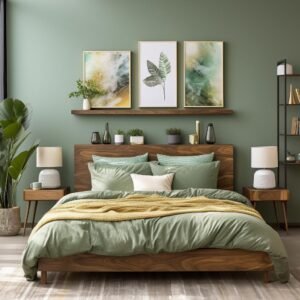





2 thoughts on “How to Set Up Patterns in Home Furnishings”
Howdy! Would you mind if I share your blog with my facebook group? There’s a lot of folks that I think would really enjoy your content. Please let me know. Thank you
I’ve been absent for some time, but now I remember why I used to love this website. Thanks , I will try and check back more often. How frequently you update your website?